Liner shipping vessels.
There are more than 7,000 container and roro ships operating in liner services between all the world’s continents.
Liner ships have the capacity to carry several warehouses worth of goods, which makes each journey very efficient.
In an average year a large container ship travels three-quarters of the distance to the moon.
That means that in its lifetime it travels to the moon and back nearly ten times!
Container ships.
Container ships carry their containers both on and below deck. Deck-stowed containers on an 11,000 TEU vessel are stacked up to seven to eight high and nineteen across, inter-locked with fittings and secured by special lashings. Ships generally carry a mix of 20-foot and 40-foot boxes. Most can also carry 45-foot and 48-foot containers on deck and some can carry 53-foot containers as well.
Container ships have been getting bigger since they began operating in liner services over 50 years ago because the increased size produces increased operating efficiency and improved environmental performance.
Some of the world's biggest container ships are about 1,300 feet long - that's nearly 400 meters or the distance around an Olympic running track - with a maximum width of 180 feet (55 meters). Their engines weigh 2,300 tons, their propellers 130 tons, and there are twenty-one storeys between their bridge and their engine room. They can be operated by teams of just thirteen people and a sophisticated computer system and carry an astonishing 11,000 20-foot containers. If that number of containers were loaded onto a train it would need to be 44 miles or 71 kilometres long!
Want to learn more? Learn about one of the largest vessels sailing today on this video.
Roro ships.
About 20 percent of liner vessels are ships other than container ships. Liner ships also include some Roll-on-roll-off (Roro) ships. These can be Pure Car and Truck Carriers (PCTC), and Pure Car Carriers (PCC) designed specifically to handle passenger vehicles and trucks, but which can often also accommodate buses, commercial trucks, tractors bull dozers and the like.
The larger vessels - Large Car and Truck Carriers (LCTC) - can handle not only the drivable vehicles, but usually project and heavy lift cargo as well. Products are then often placed on rolling trailers and rolled on board.
Want to know more? Take a virtual tour on this Roro vessel.


